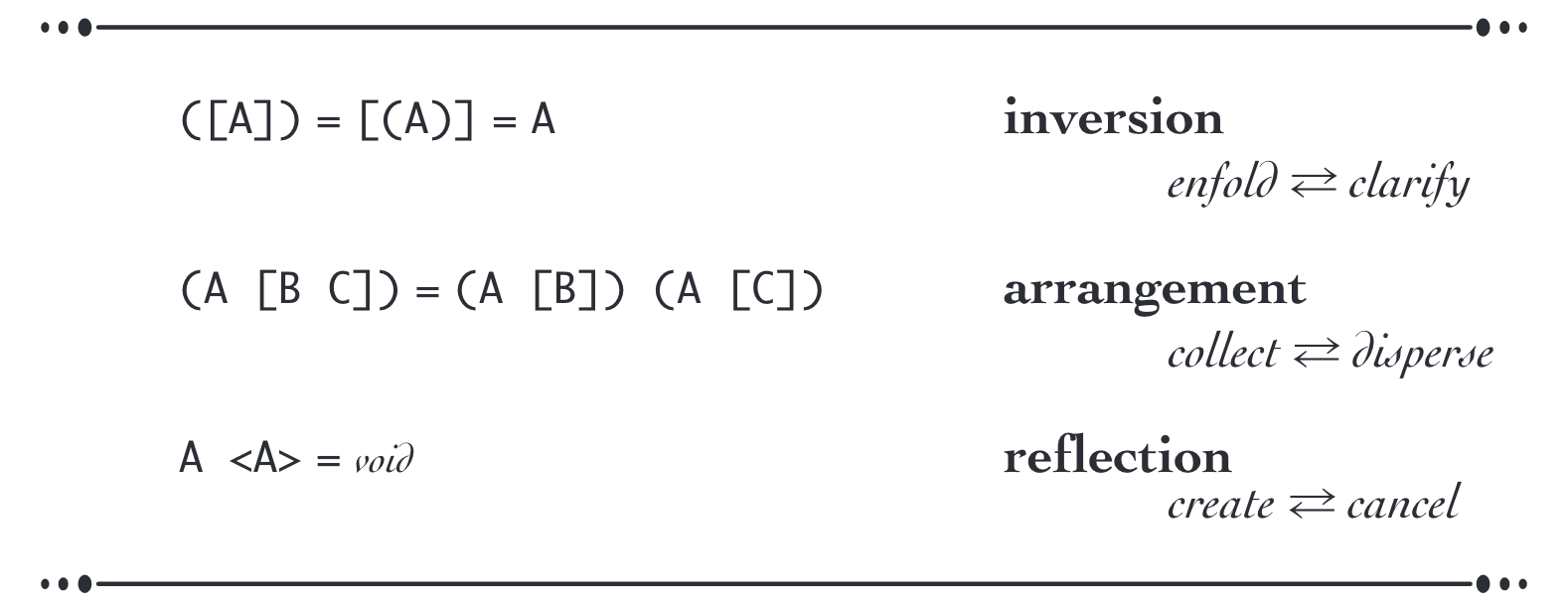Figure 6-2 shows the pattern axioms of James Algebra, the transformations that are designed to define the Behavior of the arithmetic and algebra of numbers.

Figure 6-2: Pattern axioms of James algebra
Calculi based on an equal sign are called algebras. The algebraic style of Boundary Math includes maintaining equality by transforming containment relations that match clearly defined patterns. If a containment pattern does not match a rule, then it cannot be changed. More generally the Axiomatic Principle constrains what can be done within a formal system.
Axiomatic Principle: If it is not explicitly allowed, then it is forbidden.
Two of the three James axioms define the interplay between round and square boundaries, while the third defines the behavior of angle boundaries. It is convenient to be able to identify the direction of application of each axiom when describing computational steps. Figure 6-2 also provides these names. We will later develop several convenience theorems. The constructive demonstration of these theorems never strays far from the three simple axioms. All transformations of containment patterns are essentially simple, there are no particularly subtle or creative theorems in this volume [of Iconic Arithmetic].
The most important characteristic of these axioms is that two of them specify how to delete Structure. Both implicate only one Form (labeled A), so that they both require only simple pattern-matching. Remarkably, this leaves all of the complexity of numeric algebra isolated in one pattern transformation.
In general, a variable within an algebra stands in place of an arbitrary form. In James algebra, this idea is slightly more complex. Since the algebra is void-based, a variable might stand in place of nothing. Variables that are not void-equivalent stand in place of a single container and its contents. It is a violation of the structure of containment to have multiple forms standing in the same space without an outermost container. However, it is often typographically convenient to leave the outermost container implicit. We can display, for example, either〔oooo〕or ([oooo]) or oooo, with the understanding that the outermost container of oooo may be unwritten but it is certainly present.
Variables can be freely deleted to expose the arithmetic structure of a form. The algebra of James forms is thus strongly connected to its arithmetic.